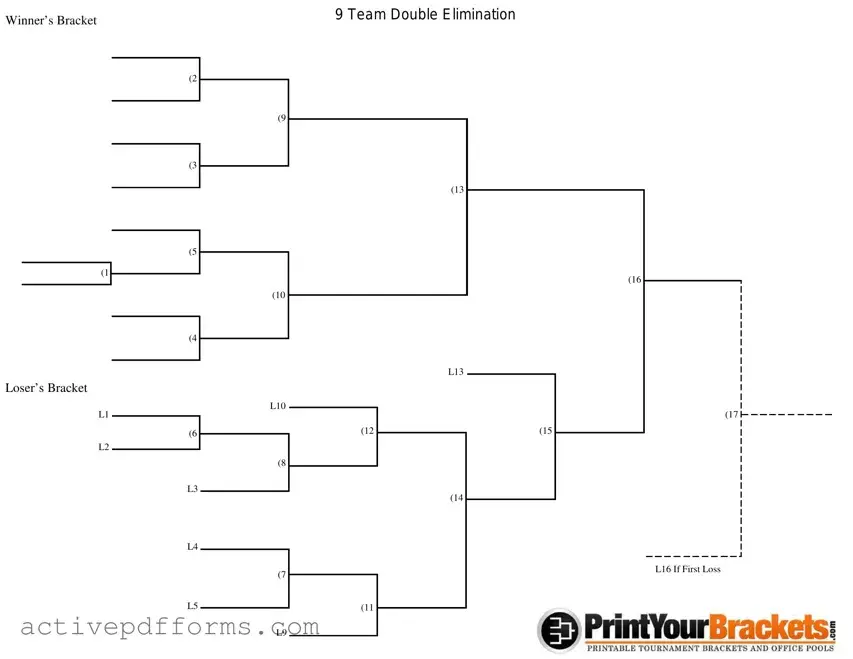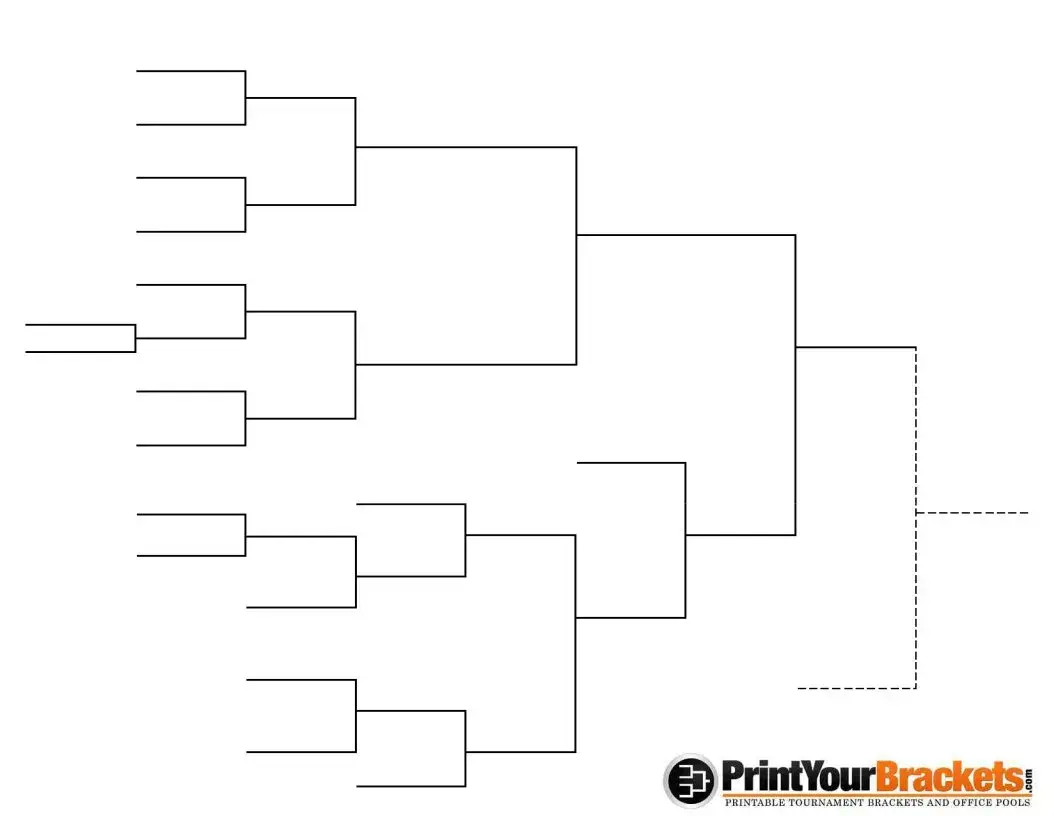In the competitive realm where teams vie for supremacy, the 9 Team Double Elimination Bracket stands out as a pivotal form that ensures a fair and comprehensive competition. This structure meticulously organizes both the victors and the less fortunate into two distinct brackets: the Winner’s Bracket and the Loser’s Bracket. In the Winner’s Bracket, teams who continue their winning streak move forward, while the first loss doesn’t spell the end for a team but rather a transition to the Loser’s Bracket, where they have another chance at redemption. Each match's outcome intricately influences the path teams must take, either advancing within their current bracket or moving between brackets, depending on their win-loss records. This dual-pathway approach ensures that a single defeat doesn't eliminate a team from contention, emphasizing resilience and providing every team with a second opportunity to prove their mettle. Significantly, the form also includes precise placements for matches ranging from initial rounds to the crucial final matchups, ensuring clarity and order in tracking the competition’s progress. Moreover, the inclusion of an “IF FIRST LOSS” marker denotes a critical juncture for the undefeated team in the final round, highlighting the bracket’s thoroughness in accounting for every possible outcome. This system not only fosters a spirited competition but also encapsulates the essence of sportsmanship by allowing teams to learn from losses and fight their way back through the ranks.

